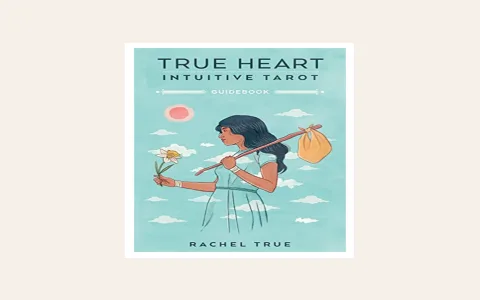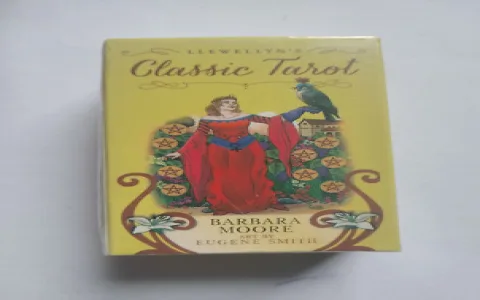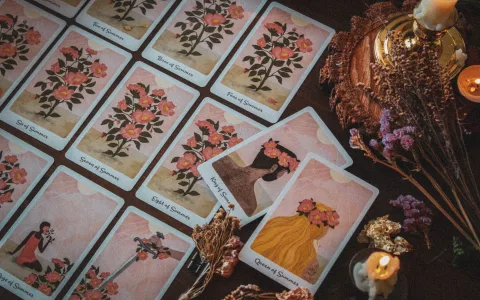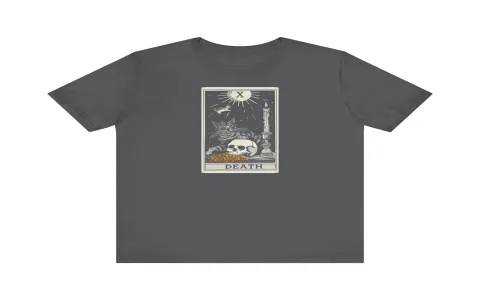Man, I needed answers. Not just the fuzzy, feel-good kind, but the raw truth. My love life felt like a tangled mess of old string, and I was sick of guessing what the heck was happening. You know that feeling when you just can’t get a straight story from anyone, especially not yourself? That was me last month.
I had been using simple three-card draws for a while—Past, Present, Future—but those just skirt the surface. I was tired of skimming. I decided I needed to stop messing around and master the heavy artillery: the Nine-Card Deep Dive Relationship Spread.
The Prep Work: Shaking Off the Noise
Before I even touched the deck, I spent a good hour clearing the space. This isn’t some mystical ritual; it’s just making sure your brain isn’t focused on the dirty dishes or the pile of laundry. I grabbed my trusty deck—the one I’ve dropped in coffee twice—and I started shuffling. And I mean really shuffling. I riffled, I cut, I overhand shuffled until my fingers hurt. I wanted to shake all the noise of the last few weeks out of the cards, forcing them to become a blank slate for this one specific question: What the absolute heck is going on with me and J?
I focused hard on the problem. It wasn’t about “Will we be together?” It was about understanding the mechanics. Where were the friction points? What was I missing? I wrote the core question down, folded the paper up tight, and stuck it under my spread mat. This simple act of writing it down always helps me stop my brain from wandering off into a million hypotheticals.
Laying Out the Nine-Card Blueprint
This layout is brutal because it doesn’t let you hide. It pulls apart two people (or two aspects of a relationship) and then throws in the outside world and the final result. I used nine cards, laid out in three rows of three.
I took a deep breath, drew the first nine cards, and started slamming them down, one position at a time. This is how the layout works and what I was pulling for:
- Row 1: My Side of the Street (Me, Myself, and I)
- Card 1 (Internal): What I think I want.
- Card 2 (Action): What I am actually doing about it.
- Card 3 (Hidden): My deep-down fears or subconscious blockages.
- Row 2: Their Side of the Street (The Partner, J)
- Card 4 (Internal): What they think they want (or feel).
- Card 5 (Action): What they are actually showing me (their behavior).
- Card 6 (Hidden): Their deep-down fears or subconscious blockages.
- Row 3: The Relationship Itself (The Combine)
- Card 7 (Past Influence): What brought us to this weird spot.
- Card 8 (External Pressure): How the outside world (friends, work, family) is messing with things.
- Card 9 (Outcome/Advice): The most likely immediate outcome OR the best course of action right now.
The Gut Punch and the Realization
I flipped the cards over one by one, and man, the first few were like a punch to the gut. I had the Queen of Swords in position 1—I thought I wanted clarity and independence. But right next to it, in position 2 (What I am actually doing), I pulled the Four of Swords, Reversed.
That card is all about avoiding rest, avoiding peace, and refusing to step back. It told me I wasn’t being independent; I was just being hyper-vigilant and constantly picking at the problem instead of letting it breathe. I realized I was exhausting myself and probably J too.
Then I looked at Row 2, J’s side. His action card (Card 5) was the Six of Pentacles. This hit hard. I had been convinced he was pulling away because he didn’t care. But the Six of Pentacles is about generosity and balance, sometimes even dependency. I suddenly saw that maybe he wasn’t withdrawing; maybe he felt like he was constantly giving and I wasn’t noticing the efforts he was making because I was too busy looking for the big, dramatic gestures.
The entire layout shifted my perspective away from “What is wrong with him?” to “What the heck am I doing to sabotage this?”
Card 9, the outcome, was the best part: The World. But not in a clean “happily ever after” way. It represented completion, the end of a cycle, and integration. It wasn’t a promise of forever; it was advice to stop trying to force the next step and instead appreciate what we had already built, or perhaps recognize that the cycle with J was complete, and that was okay.
I didn’t call J right away. I didn’t send a desperate text. I took the advice of that damn reversed Four of Swords and I actually chilled out. For three days, I stopped obsessing, stopped analyzing every text message, and focused only on my own stability. The relationship didn’t instantly fix itself, but my headache did. By stepping back and forcing myself to see the situation through this structured nine-card lens—by seeing my own contribution to the chaos—I got the real answer I needed.
It turns out, sometimes the most powerful spread isn’t the one that tells you what happens next, but the one that forces you to look at the ugly truth about your own messy actions. That Nine-Card Deep Dive? Highly recommend it when you need to stop asking “why” and start asking “what have I done?”





